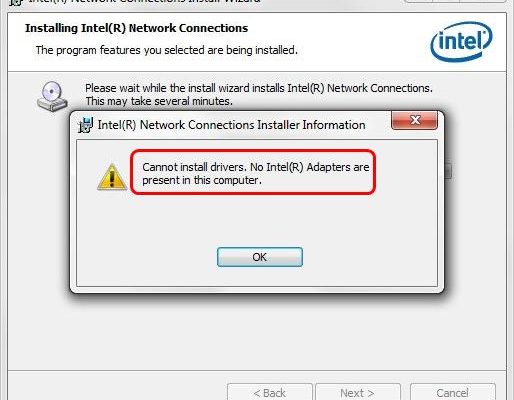Hackers Have Found a Way to Spoof Any Gmail Address

The internet is a vast space that people can use for different purposes. It is a tool that has made tasks much more manageable and efficient, which is why it is almost a necessity in our daily lives. However, as technology advances, so do the dangers that come with it. Among these dangers are cyber threats such as hacking.
Hackers have always been a cause for concern as they exploit the vulnerabilities of different digital platforms and systems. Recently, the menace of hackers has taken a new direction as they have found a way to spoof any Gmail address. Spoofing is a technique where a hacker impersonates someone else’s email address to trick recipients into giving away sensitive information.
One of the most common ways hackers spoof email addresses is through phishing scams, which are emails that appear to come from a familiar source, but in reality, they come from a malicious source. In such situations, the message appears to be sent from a trusted source, but it contains a hidden link that redirects users to a bogus site where hackers steal sensitive information.
Gmail is one of the most popular email service providers with over 1 billion active users worldwide. Many businesses and individuals rely on Gmail to communicate sensitive information, such as bank details or personal data. Hackers can now create fake Gmail accounts that will look identical to an original Gmail account, making phishing attempts even more effective.
For instance, if the hacker wants to pose as a bank, they can create a fake email address that looks like it came from the bank, such as [email protected]. This email may contain a legitimate looking message and ask users to click on a link to verify their account. Once the user clicks on the link, the hacker can gain access to their personal data.
To spoof Gmail accounts, hackers use a technique called Email Header Spoofing. This method modifies the email header in a way that it appears to be coming from another email address. The header is the part that contains the sender’s information, such as email address and IP address.
Hackers can do this by either using specialized software or manually editing the header information using different coding languages. In some cases, they may also use a technique called social engineering, whereby they trick users into providing their login details, allowing them to access their account.
In conclusion, it’s essential to be vigilant when dealing with emails, especially those that require sensitive information. Users must take steps to protect themselves from being victims of spoofed emails and phishing scams. It’s advisable to verify the email address, hover over any links before clicking on them, and check for spelling and grammatical errors in the content. By being aware of these threats, we can reduce the chances of being exploited by hackers.






